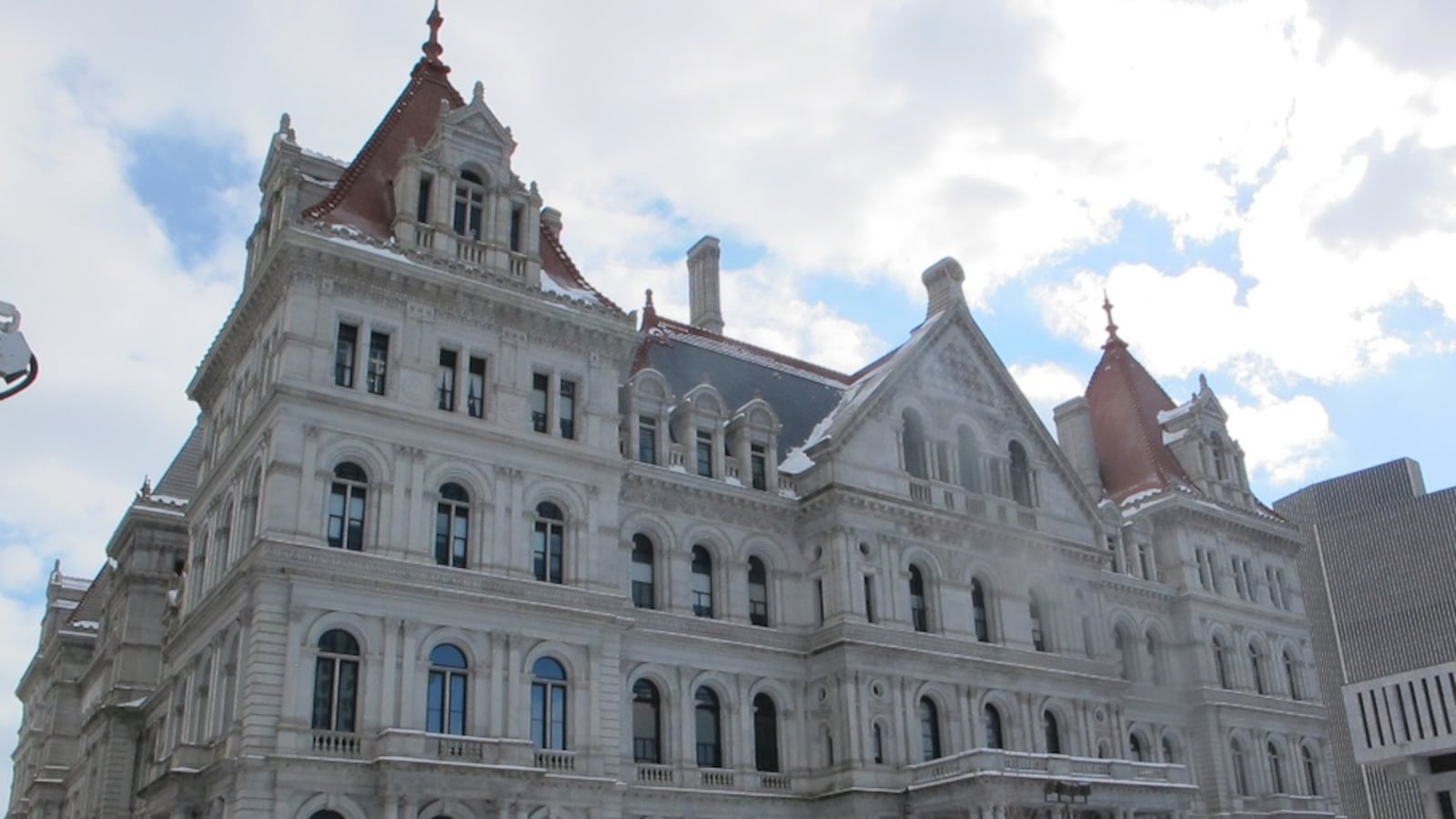State education policymakers proposed Monday to boost school spending by $2 billion, for a total budget of $29.9 billion next year, for districts across New York.
While the state Board of Regents’ proposal — which still needs a final vote of approval on Tuesday — may seem like a big ask, it is $100 million less than what was requested last year. Either way, their request is typically a longshot. After last year’s $2.1 billion funding increase request, Gov. Andrew Cuomo proposed about half of that amount. In the end, dollars increased by $1 billion, which was nearly the same increase as the prior year.
“I do think that our role is to advance what we believe will support our schools and our districts and our communities,” Chancellor Betty Rosa said. “I think the governor’s staff needs to take a look at the entire statewide budget and be as creative and as thoughtful with the issue of equity, excellence, and the fact of investment.”
The Regents called for earmarking $1.88 billion of their proposed funding boost for Foundation Aid, the state formula that sends extra state dollars to high-needs districts, such as New York City. The formula was established a dozen years ago, but following the recession, it has almost never been funded to the level that was originally intended — a long contention of education policymakers, advocates, and school leaders. The board’s ask for Foundation Aid represents $300 million more than what they asked for last year, reflecting an even more aggressive desire for that money.
Last year, New York City received $11.4 billion in state aid, which represented about a third of its total funding. Roughly $8 billion of that went to Foundation Aid. (It also receives city and federal dollars.)
Foundation Aid has increased under Cuomo’s administration, but not to the level policymakers have asked for. On Monday, budget officials said the state has made “lots of progress” for high-needs districts — nearly $4 billion since 2008. Still, when adjusted for inflation, districts are owed $4.7 billion, state education officials said. New York City, the nation’s largest district, projects it is owed $1.1 billion of that money.
Cuomo has dismissed the calls to aggressively boost Foundation Aid, calling it a “ghost of the past” — earning him the nickname of “Ebenezer Scrooge” last December. But the calls to increase Foundation Aid continue growing, as state lawmakers are convening groups across the state to rethink the 12-year-old formula that looks at, among other things, how student poverty is weighed.
New York City advocates and school leaders have pushed back against changing the formula, saying that the formula must be fully funded before the state decides how to alter it. Last month, The Educational Conference Board, a coalition of statewide organizations that includes the state teachers union, suggested a spending increase of $2.1 billion. The state teachers union, and the Alliance for Quality Education, the advocacy arm of the group that sued the state to create Foundation Aid, also have called for more funding and applauded the Regents’ proposal.
“We urge the Governor to propose a budget that follows in the footsteps of the Board of Regents, and finally fulfill the commitment that New York State made to our students over a decade ago to fully fund public schools,” Jasmine Gripper, Alliance for Quality Education’s executive director, said in a statement. “To date, his refusal to support full and fair funding has left many students, especially black and brown students, deprived of educational opportunities that recognize their full worth.”
Amid the Regents’ calls for raising Foundation Aid spending, they are asking to spend $328 million less than they proposed last year on direct reimbursements to districts for things like transportation and building-related aid. Next year’s total for such reimbursements — calculated based on the most recent claims from districts — should be $82 million, the proposal says. The board is also proposing to spend another $26 million on expanding pre-K throughout the state, similar to their request last year.
The Regents laid out other legislative requests including spending additional $8.1 million to improve early learning programs — mostly focused on better preparing teachers — and $15 million for school districts to “enhance” their curriculum and teaching supports for students learning English as a new language.
Even before the board discussed their budget priorities, the stage was set for next year’s budget battle.
The state is expecting a $6-$8 billion budget shortfall over the next three years, largely due to growing costs over Medicaid reimbursements for a third of New York residents. This would be the largest deficit since 2010, according to a report from the Rochester Democrat & Chronicle based on budget projections released last month. Such increases will likely affect other state spending priorities, including school aid, which represents among the largest portions of the state budget.
Regent Kathleen Cashin, who represents Brooklyn, asked department budget officials if they knew how the state was planning to fill the financial gap. They collectively shrugged, signaling that it’s not clear. Chancellor Betty Rosa said the Regents will see probably see a lot of “back and forth” among lawmakers on a clear solution.
“I think we’ll have to wait and see when we return in January and see how that plays out,” said Brian Cechnicki, director of education finance for the state education department.

